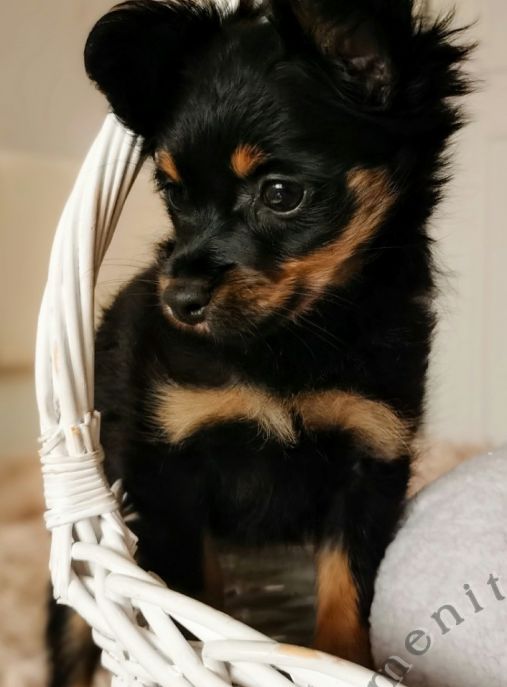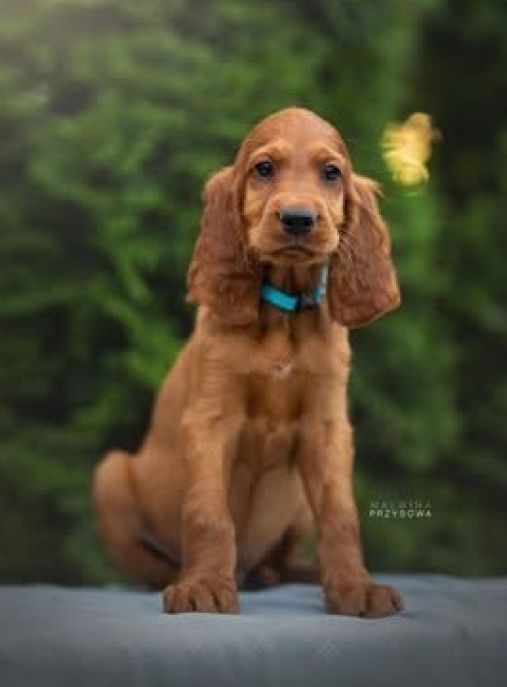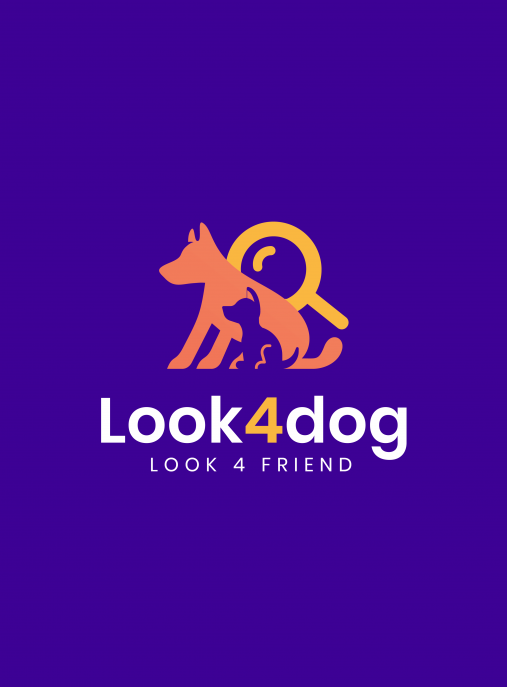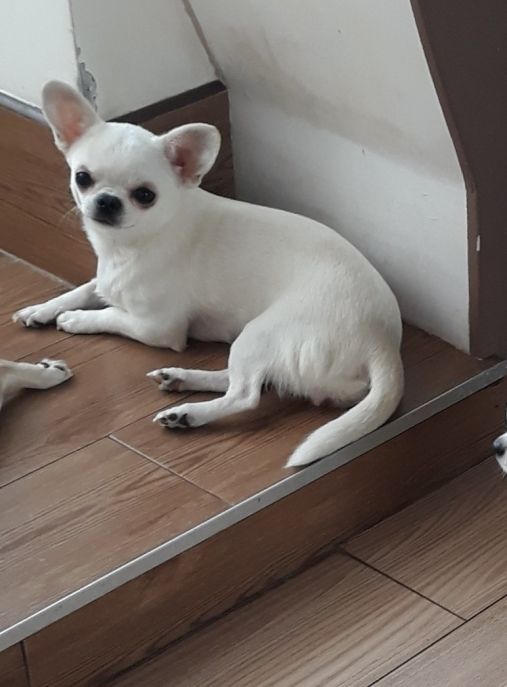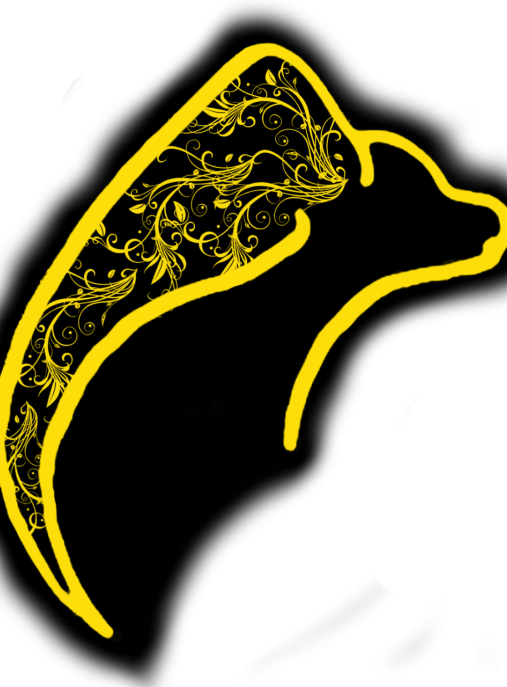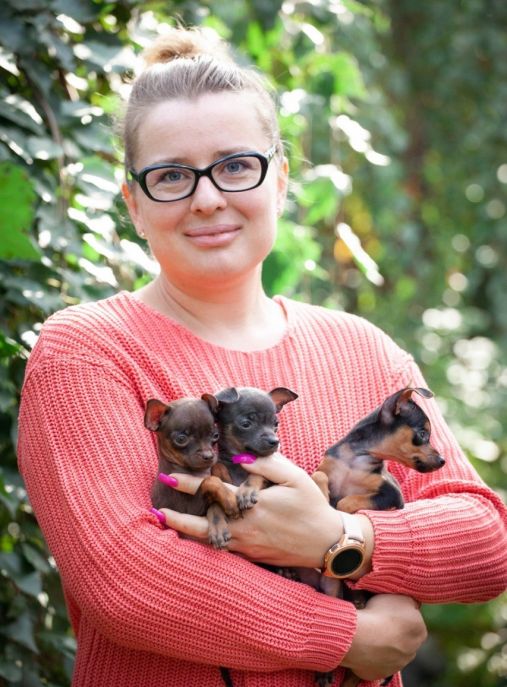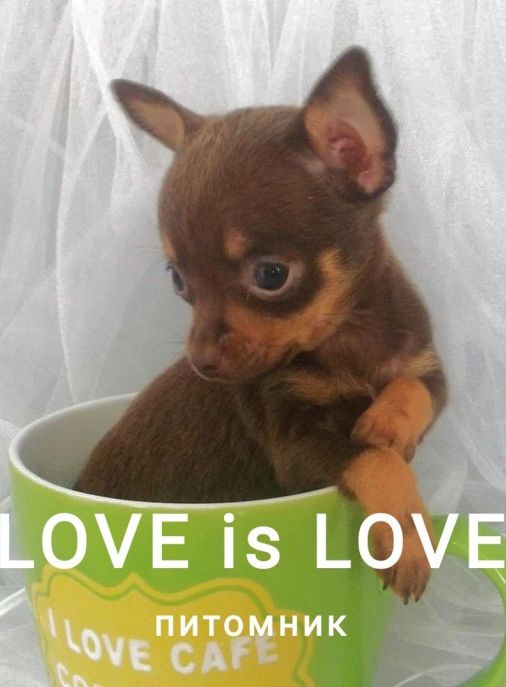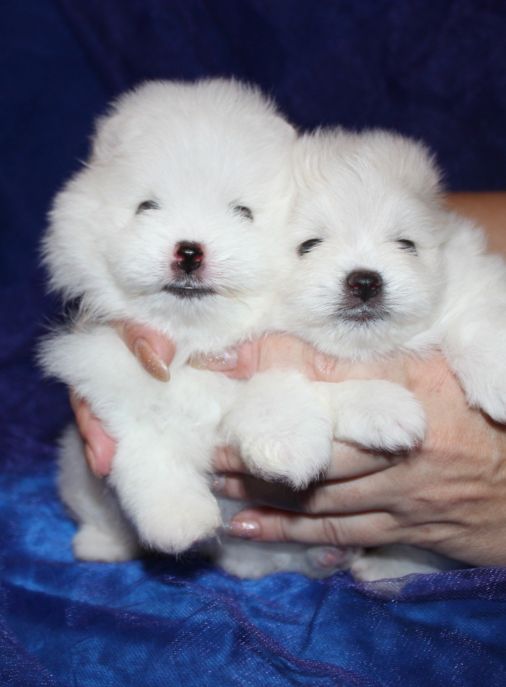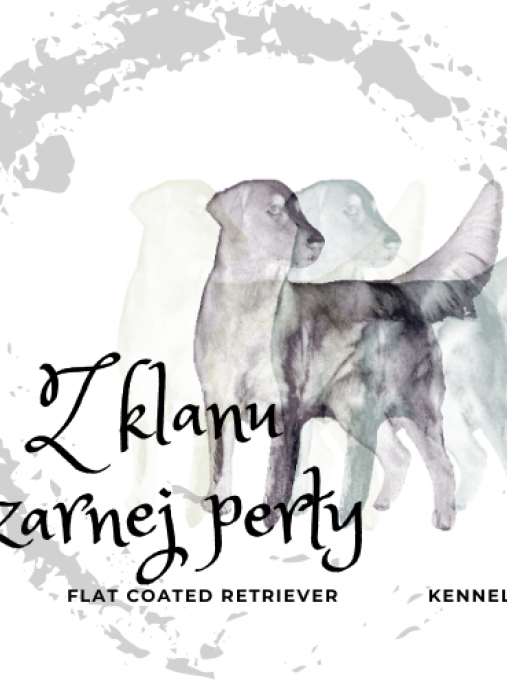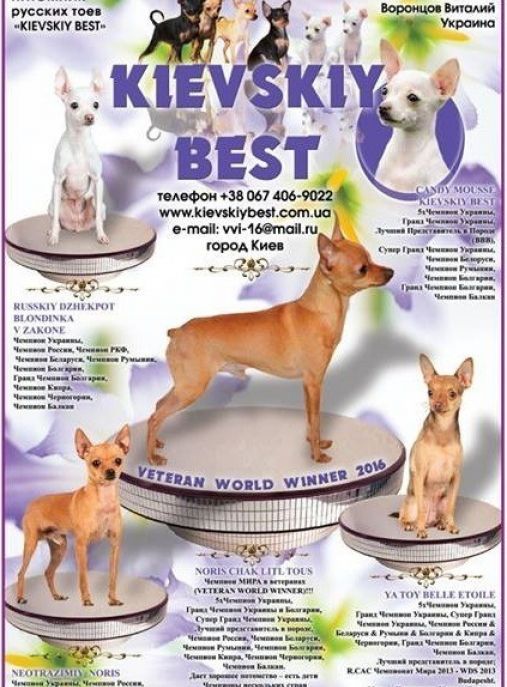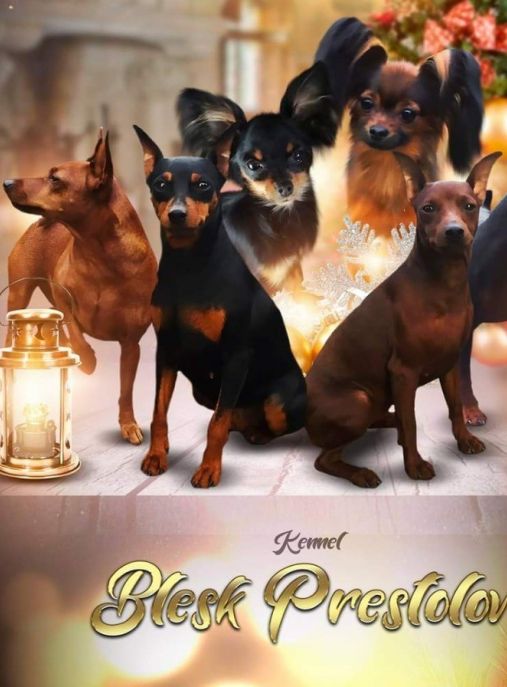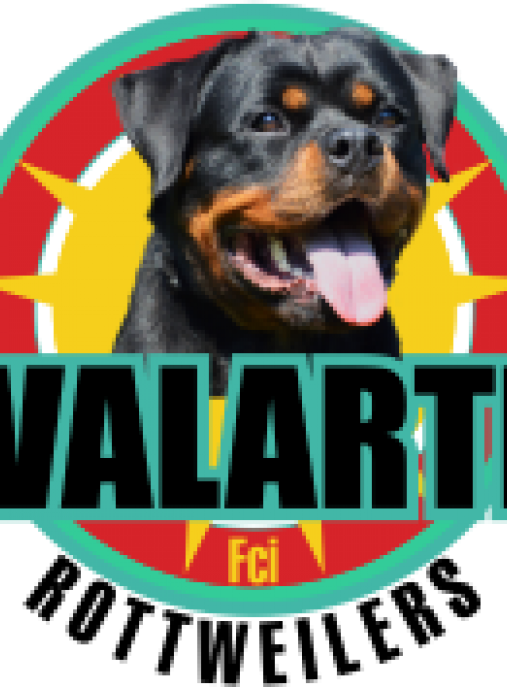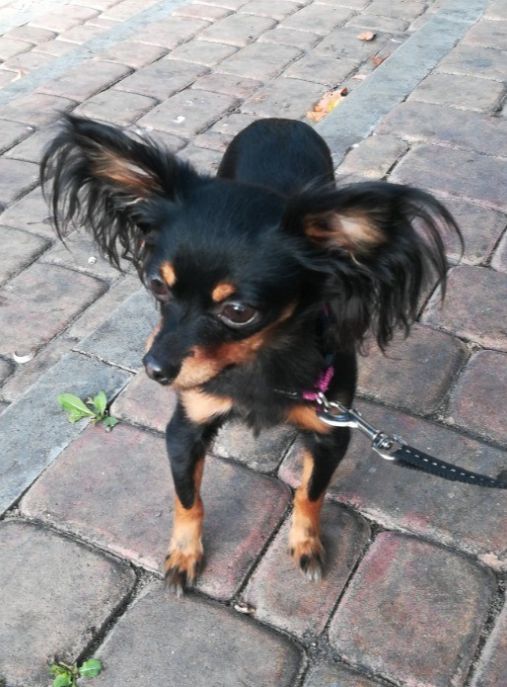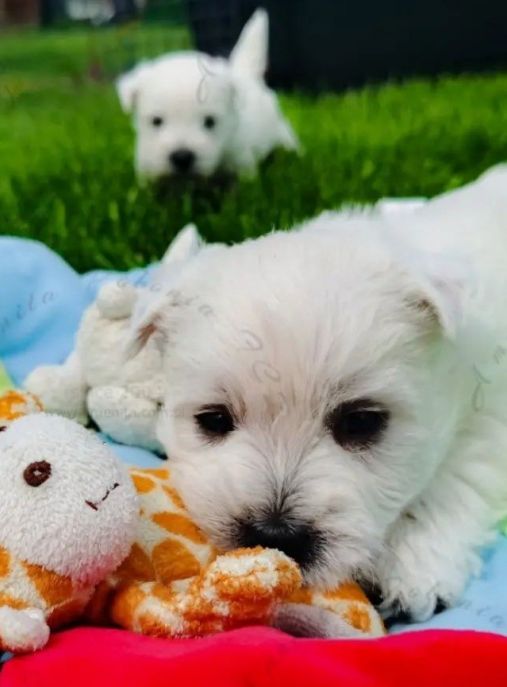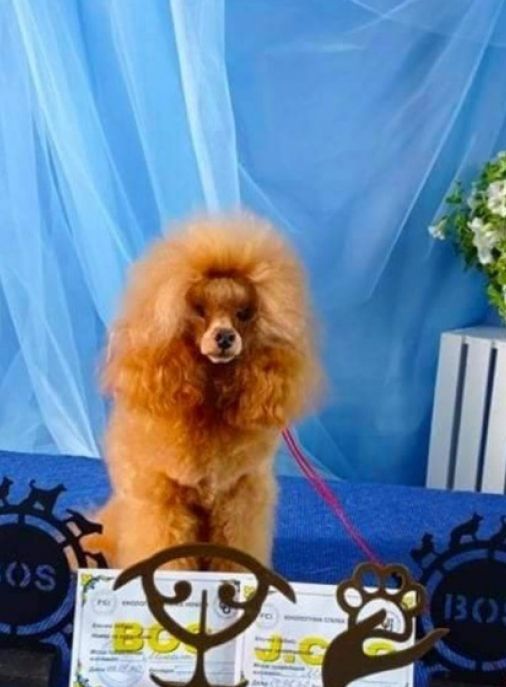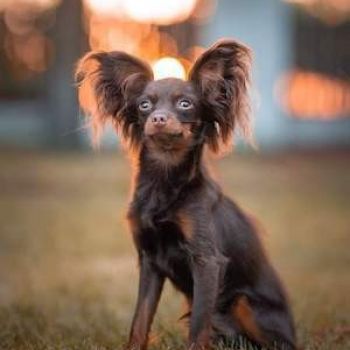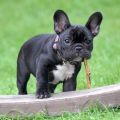The Russian Toy dog breed, also known as the Russkiy Toy or Russian Toy Terrier, is a small and elegant toy breed that originated in Russia. This breed is highly regarded for its charming appearance, lively personality, and affectionate nature. With its delicate features and graceful movements, the Russian Toy is often compared to a miniature version of the Italian Greyhound or the Chihuahua.
The history of the Russian Toy breed can be traced back to the 18th century, where it was believed to have descended from small English Terriers brought to Russia by British merchants. These dogs were initially bred as companions for the Russian aristocracy, particularly favored by the ladies of the court. However, during the Russian Revolution in the early 20th century, the breed faced a decline in numbers and almost became extinct. It was only through the efforts of dedicated breed enthusiasts that the Russian Toy was revived and preserved.
According to the FCI (Fédération Cynologique Internationale) typology, the Russian Toy belongs to Group 9 - Companion and Toy Dogs. This group includes small-sized dogs that are primarily bred for companionship and are known for their friendly and sociable nature. The Russian Toy is classified under Section 9 - Continental Toy Spaniels and Russian Toy. It is worth noting that the breed comes in two coat varieties: smooth-haired and long-haired.
The Russian Toy is an ideal companion for individuals or families looking for a small-sized dog that is both loving and adaptable. Due to their small size, they are well-suited for apartment living and can thrive in urban environments. These dogs are known for their loyalty and devotion to their owners, often forming strong bonds with their human companions. They are also generally good with children and other pets when properly socialized.
In terms of physical characteristics, the Russian Toy is a small breed with a well-proportioned body. The average weight of a Russian Toy ranges from 1.5 to 3 kilograms (3.3 to 6.6 pounds), with males typically being slightly larger than females. The height of the Russian Toy varies between 20 to 28 centimeters (8 to 11 inches) at the shoulder. Despite their small size, these dogs are known for their agility and gracefulness.
The life expectancy of a Russian Toy is around 12 to 15 years, which is relatively long for a small breed. This breed is generally healthy, but like any dog, they may be prone to certain health issues such as patellar luxation (knee dislocation) and dental problems. Regular veterinary check-ups, a balanced diet, and proper exercise are essential for maintaining their overall well-being.
One interesting fact about the Russian Toy is its adaptability to different climates. Despite its origins in Russia, where the climate can be harsh and cold, this breed can adapt well to both warm and cold environments. However, it is important to provide them with appropriate protection during extreme weather conditions.
In conclusion, the Russian Toy is a delightful toy breed that offers companionship, affection, and charm to its owners. With its rich history, elegant appearance, and friendly nature, it has gained popularity not only in Russia but also in other parts of the world. Whether you are seeking a loyal companion or a small-sized dog that can adapt to various living situations, the Russian Toy is a breed worth considering.

The Russian Toy dog, also known as the Russkiy Toy, is a small and elegant breed that originated in Russia. Despite their tiny size, these dogs possess a remarkable character that makes them stand out among other toy breeds. With their lively and affectionate nature, Russian Toy dogs make wonderful companions for individuals and families alike.
One of the most prominent traits of Russian Toy dogs is their intelligence. They are quick learners and have a natural curiosity, which makes training them a relatively easy task. These dogs thrive on mental stimulation, so engaging them in various activities and providing them with puzzle toys can keep their minds sharp and prevent boredom.
Russian Toy dogs are known for their loyalty and devotion to their owners. They form strong bonds with their human family members and are always eager to please. This breed craves attention and affection, and they are happiest when they are in the company of their loved ones. They are known to be excellent lap dogs, always ready to snuggle up and provide comfort to their owners.
Despite their small size, Russian Toy dogs have a surprisingly bold and confident personality. They are not afraid to assert themselves and can be quite assertive when necessary. However, they are not aggressive by nature and are generally friendly towards strangers and other animals. Early socialization is crucial to ensure that they grow up to be well-rounded and friendly dogs.
Russian Toy dogs have a moderate energy level and require regular exercise to keep them physically and mentally stimulated. Daily walks, playtime, and interactive games are essential to prevent them from becoming bored or restless. However, it's important to note that they are not high-energy dogs and can adapt well to apartment living as long as their exercise needs are met.
When it comes to training, positive reinforcement methods work best with Russian Toy dogs. They respond well to praise, treats, and rewards, and harsh training methods should be avoided. Consistency and patience are key when training this breed, as they can be sensitive to harsh tones or rough handling.
Proper socialization and early training are crucial for Russian Toy dogs to develop good manners and prevent behavioral issues. Exposing them to different environments, people, and animals from a young age will help them become well-adjusted and confident adults. Additionally, crate training can be beneficial for housebreaking and providing them with a safe space of their own.
In conclusion, Russian Toy dogs are intelligent, affectionate, and loyal companions. They thrive on human interaction and make excellent family pets. With their small size and moderate exercise needs, they are well-suited for various living situations. By providing them with love, attention, and proper training, Russian Toy dogs can bring immense joy and happiness to their owners' lives.
The Russian Toy dog, also known as the Russkiy Toy or Russian Toy Terrier, is a small and elegant breed that requires specific care to ensure their health and well-being. Here are some tips on how to properly care for Russian Toy dogs, including what to do and what not to do:
1. Grooming: Russian Toy dogs have two coat varieties - long-haired and smooth-haired. Both coat types require regular grooming to keep them clean and healthy. Brush their coat at least once a week to prevent matting and remove loose hair. Pay special attention to their ears, as they are prone to wax buildup and infections. Trim their nails regularly and brush their teeth to maintain good oral hygiene.
2. Exercise: Despite their small size, Russian Toy dogs are energetic and require regular exercise to keep them physically and mentally stimulated. Daily walks, playtime, and interactive toys are essential for their well-being. However, be cautious not to overexert them, especially in extreme weather conditions, as they are sensitive to temperature changes.
3. Socialization: Russian Toy dogs are known for their affectionate and loyal nature. To ensure they grow up to be well-rounded and friendly companions, early socialization is crucial. Expose them to various people, animals, and environments from a young age. This will help them develop confidence and prevent behavioral issues like shyness or aggression.
4. Training: Like any other breed, Russian Toy dogs benefit from consistent and positive reinforcement-based training methods. They are intelligent and eager to please, making them relatively easy to train. Focus on basic obedience commands, house training, and leash manners. Use rewards such as treats, praise, and playtime to motivate and encourage good behavior.
5. Health care: Regular veterinary check-ups are essential to monitor the overall health of your Russian Toy dog. Vaccinations, deworming, and flea/tick prevention should be kept up to date. Due to their small size, they are prone to dental issues, so professional dental cleanings may be necessary. Additionally, be cautious of their fragile bones and avoid rough play or jumping from heights to prevent injuries.
6. Nutrition: Provide a balanced and high-quality diet suitable for small breed dogs. Consult with your veterinarian to determine the appropriate portion sizes and feeding schedule based on your dog's age, weight, and activity level. Avoid overfeeding, as Russian Toy dogs are prone to obesity, which can lead to various health problems.
What not to do:
1. Do not leave your Russian Toy dog alone for extended periods. They thrive on human companionship and can develop separation anxiety if left alone for too long.
2. Do not expose them to extreme temperatures. Russian Toy dogs are sensitive to both heat and cold, so ensure they have a comfortable environment indoors and appropriate outerwear for outdoor activities in extreme weather conditions.
3. Do not neglect their dental hygiene. Regular brushing and professional cleanings are necessary to prevent dental diseases, which can lead to pain and other health issues.
4. Do not skip regular exercise. Despite their small size, Russian Toy dogs need physical activity to prevent weight gain and maintain muscle tone.
5. Do not use harsh training methods. Russian Toy dogs respond best to positive reinforcement techniques, so avoid punishment-based training, which can lead to fear or aggression.
By following these care tips and providing a loving and nurturing environment, you can ensure that your Russian Toy dog lives a happy and healthy life as a cherished member of your family.
The Russian Toy dog, also known as the Russkiy Toy, is a small and elegant breed that captivates hearts with its charming appearance. When it comes to their coat color, these delightful canines display a variety of shades that add to their overall allure.
One of the most common colors seen in Russian Toy dogs is a rich and vibrant shade of brown, often referred to as chocolate. This stunning hue resembles the color of a delectable piece of dark chocolate, exuding warmth and sophistication. The brown coat of a Russian Toy dog can range from a deep, velvety brown to a lighter, more caramel-like shade, creating a beautiful spectrum of tones within the breed.
The chocolate-colored coat of a Russian Toy dog is typically smooth and glossy, enhancing their elegant appearance. The fur is often short in length, providing a sleek and refined look. This coat texture not only adds to their aesthetic appeal but also makes grooming relatively easy, as it requires minimal maintenance.
In addition to the captivating chocolate color, Russian Toy dogs may also exhibit white markings on their chest, paws, or face. These white patches create a striking contrast against the rich brown coat, further accentuating their unique and eye-catching appearance. The distribution and size of these white markings can vary from dog to dog, making each Russian Toy dog truly one-of-a-kind.
Furthermore, some Russian Toy dogs may possess a combination of colors, such as a chocolate and tan coat. This color combination adds depth and dimension to their appearance, creating a visually appealing contrast between the two shades. The tan color is often seen on the dog's face, ears, and legs, while the rest of the body retains the chocolate hue.
The color of a Russian Toy dog's eyes can also vary, adding to their overall charm. While dark brown eyes are commonly seen in this breed, some individuals may have lighter shades of brown or even amber-colored eyes. These expressive eyes are full of warmth and intelligence, reflecting the dog's gentle and affectionate nature.
In conclusion, the common color of Russian Toy dogs is a captivating and rich shade of brown, reminiscent of a delectable piece of chocolate. This color, often accompanied by white markings or tan accents, enhances their elegant appearance and makes them stand out in a crowd. With their smooth and glossy coat, expressive eyes, and charming demeanor, Russian Toy dogs are truly a sight to behold.
The Russian Toy dog, also known as the Russkiy Toy, is a small and elegant breed that originated in Russia. Despite their delicate appearance, these dogs are generally healthy and have a long lifespan. However, like any other breed, they are prone to certain health issues. In this text, we will explore the most common diseases found in Russian Toy dogs and provide tips on how to care for their health.
One of the most prevalent health concerns in Russian Toy dogs is dental problems. Due to their small size, these dogs often suffer from overcrowded teeth, misalignment, and dental plaque buildup. Regular dental care is crucial for maintaining their oral health. Brushing their teeth daily with a dog-friendly toothpaste and providing them with dental chews or toys can help prevent dental issues.
Another common health issue in Russian Toy dogs is patellar luxation. This condition occurs when the kneecap slips out of its normal position, causing discomfort and lameness. Regular exercise and maintaining a healthy weight can help prevent this condition. If your Russian Toy shows signs of limping or difficulty walking, it is essential to consult a veterinarian for proper diagnosis and treatment.
Like many small breeds, Russian Toy dogs are prone to developing heart problems, including mitral valve disease. This condition affects the heart's valves, leading to a leaky valve and reduced blood flow. Regular veterinary check-ups, including cardiac evaluations, are crucial for early detection and management of heart diseases. A balanced diet, regular exercise, and avoiding excessive stress can also contribute to maintaining a healthy heart.
Additionally, Russian Toy dogs may be susceptible to allergies. These allergies can manifest as skin irritations, itching, and gastrointestinal issues. Identifying and eliminating potential allergens from their environment, such as certain foods or environmental triggers, can help manage these allergies. Consultation with a veterinarian is recommended to determine the best course of action for your dog's specific allergies.
To ensure the overall well-being of your Russian Toy dog, it is essential to provide them with a balanced diet that meets their nutritional needs. High-quality dog food, specifically formulated for small breeds, is recommended. Avoid overfeeding and monitor their weight to prevent obesity, which can lead to various health problems.
Regular exercise is vital for the physical and mental stimulation of Russian Toy dogs. Despite their small size, they have moderate energy levels and enjoy daily walks, playtime, and interactive toys. Mental stimulation through training and puzzle toys can help prevent boredom and destructive behaviors.
Grooming is another aspect of caring for the health of Russian Toy dogs. Their short coat requires minimal maintenance, but regular brushing helps remove loose hair and prevents matting. Additionally, regular ear cleaning, nail trimming, and dental care should be part of their grooming routine.
Lastly, providing a safe and loving environment is crucial for the overall health and well-being of Russian Toy dogs. They thrive on human companionship and should not be left alone for extended periods. Socialization from an early age is essential to ensure they are comfortable around other animals and people.
In conclusion, while Russian Toy dogs are generally healthy, they are prone to certain health issues like dental problems, patellar luxation, heart diseases, and allergies. By following a proper care routine, including regular veterinary check-ups, dental care, balanced nutrition, exercise, grooming, and a loving environment, you can help ensure the long and healthy life of your Russian Toy companion.
The Russian Toy dog, also known as the Russkiy Toy or Russian Toy Terrier, is a small and delicate breed that requires special attention when it comes to their nutrition. Providing a well-balanced diet is crucial for their overall health and well-being. In this text, we will discuss the nutritional needs of Russian Toy dogs, offer advice on how and what to feed them, and highlight some foods that should be avoided.
First and foremost, it's important to understand that Russian Toy dogs have a fast metabolism and relatively high energy levels. Therefore, their diet should consist of high-quality, nutrient-dense food that meets their specific requirements. Here are some key points to consider:
1. Protein: Protein is an essential component of a dog's diet, as it helps in muscle development and repair. Russian Toy dogs require a diet that contains around 25-30% protein. Good sources of protein include lean meats like chicken, turkey, and fish. It is advisable to avoid processed meats or those high in fat.
2. Carbohydrates: Carbohydrates provide energy to dogs and should make up around 30-40% of their diet. Opt for complex carbohydrates like brown rice, sweet potatoes, and whole grains. These are healthier options compared to simple carbohydrates found in processed foods.
3. Fats: Fats are an important source of energy and aid in the absorption of fat-soluble vitamins. However, it's crucial to provide healthy fats and avoid excessive amounts. Look for foods with moderate levels of omega-3 and omega-6 fatty acids, such as fish oil or flaxseed oil.
4. Vitamins and Minerals: A well-rounded diet should include a variety of fruits and vegetables to provide essential vitamins and minerals. Incorporate leafy greens like spinach or kale, as well as fruits like blueberries or apples. However, avoid feeding grapes, raisins, onions, garlic, or any other foods that are toxic to dogs.
5. Feeding Schedule: Russian Toy dogs benefit from having a consistent feeding schedule. Divide their daily food intake into two or three meals to avoid overeating or digestive issues. Monitor their weight and adjust portion sizes accordingly.
6. Hydration: Always ensure your Russian Toy dog has access to fresh, clean water. Hydration is crucial for their overall health and helps maintain proper organ function.
7. Treats: Treats can be a part of your dog's diet, but it's important to choose healthy options. Look for treats that are specifically made for small breeds and are low in calories. Avoid giving them table scraps or treats high in sugar, salt, or artificial additives.
8. Allergies and Sensitivities: Some Russian Toy dogs may have food allergies or sensitivities. If you notice any signs of digestive upset, skin issues, or excessive itching, consult with a veterinarian to determine if a specific ingredient should be avoided.
In conclusion, providing a well-balanced and nutritious diet is essential for the health and happiness of Russian Toy dogs. Remember to consult with a veterinarian to determine the specific dietary needs of your individual dog. By following these guidelines, you can ensure that your Russian Toy dog receives the proper nutrition they need to thrive.
